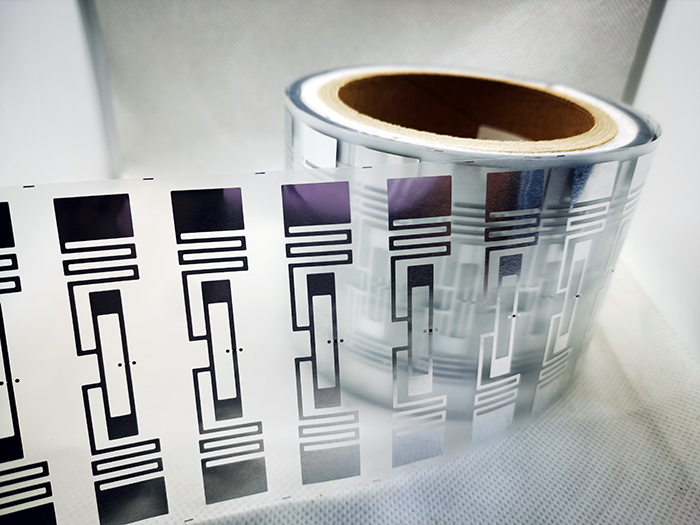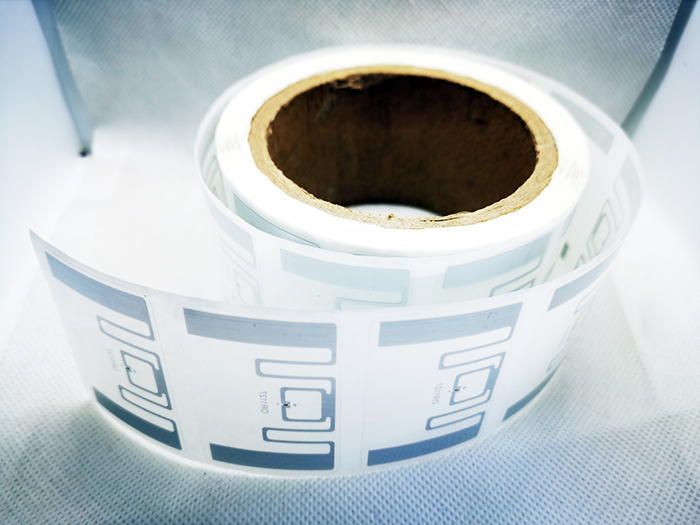Development trend of RFID technology in footwear and clothing industry in 2022
According to the "China RFID passive Internet of things Market Research Report" jointly released by lot star chart Research Institute, IOT media and Shenzhen Internet of things industry association, it can be seen that the domestic shoe and clothing market is still a potential market for RFID to expand in China.
At present, the RFID market is divided according to the application environment as follows:
Primary market Shoes and clothing, express contractors, super retail, etc
secondary market Aviation baggage, alcohol industry, books and archives, etc
Tertiary market Washing, electric power, medical treatment, ticket and card, asset management, etc
Four level market Industry, animal ear mark, automobile, etc
Among them, the primary market is the most anticipated market. It is characterized by large market potential, high industry demand and high degree of industry standardization. Now it is in a fast-growing market. At present, Wal Mart, UNIQLO, Decathlon and other global chain stores have fully used RFID technology.
Secondly, supermarket retail represented by Wal Mart has also begun to go online gradually.
The logistics express industry has been piloted and applied on a certain scale since 2021.
Today, the general environment of the garment industry market: competition is serious. Some garment enterprises have carried out information and intelligent management mode, hoping to continuously optimize the control links and improve operation efficiency, so as to reduce human and material costs and shorten the capital turnover cycle. Especially in supply chain management, traditional garment enterprises often face problems such as inaccurate inventory information, out of stock replenishment information is not synchronized, goods can not be tracked in real time, high labor intensity and so on.
Thus, RFID clothing storage has become the preferred solution for large clothing enterprises at home and abroad. As one of the largest shoe and clothing consumption markets in the world, China can predict the good trend of the use of RFID technology in the shoe and clothing market in the future.
Significance of UHF RFID in the field of shoes and clothing:
1. Accelerate supply chain turnover efficiency
The supply chains of major brands of shoes and clothing are all over the world, and the brands of shoes and clothing belong to FMCG. The seasonal change speed is very fast. The use of UHF RFID tags can help enterprises realize the visualization of the supply chain and speed up the efficiency of warehousing and inventory.
2. Reduce labor cost
UHF's high efficiency can help shoe and clothing enterprises save labor costs in two links:
The first is in the storage link, whether in transit storage or store warehouse inventory counting, if there is no RFID technology, it will cost a lot of manpower and be prone to errors. After using UHF RFID technology, only a small number of people can realize rapid judgment. The medium-sized enterprises in the domestic market are mainly to realize the efficiency of inventory counting.
The second link is the cashier link. In traditional shoe and clothing stores, each store needs someone to settle at the cashier alone. The number of people varies according to the size of the store and passenger flow. After using UHF RFID, consumers can realize self-service checkout.
3. Brand protection
Brand protection is also a very practical demand in the field of shoes and clothing. Especially in the domestic market, e-commerce sales channels are popular. When purchasing goods online, stores will promise to return goods for seven days without reason. This link of consumer protection will cause a problem. When the stores deliver goods, they are genuine products of their own brand, but the returned products may be "fake" goods, because the manufacturers of shoes and clothing are mainly in China, Many fake products can be made without much difference from the real ones. Therefore, the use of RFID can protect the manufacturer's brand. In addition to big brands, many domestic small and medium-sized brands that ship through e-commerce channels are also actively adopting UHF RFID technology due to this demand, and such customers have increased rapidly in recent years.
4. Add new business models and expand new business possibilities
RFID tags can realize the visualization of sales data, enable manufacturers to make quick decisions according to market preferences, invest more resources to produce products loved by consumers, and enable manufacturers to realize flexible production. And through the clothing network, we can recommend products that consumers like or match more, so as to further stimulate the demand of consumers.
To sum up, the shoe and clothing market is the largest application market of UHF RFID at present. The volume of a single customer is large, and the concentration of users is also high. For example, UNIQLO, Zara, dikalon, Muji, Nike, MLB and other brands have used RFID tags in large quantities. The annual RFID tag consumption of a single user is more than 500 million or even 1 billion.
In the domestic market, the sum of clothing, shoes and hats is close to 30 billion pcs per year, while the global market is about five times that of the domestic market, so the potential of this market is huge.
At present, foreign brands are mainly using UHF RFID tags, and Anta, Hailan home and other large domestic brands use RFID. However, in the past two years, more small and medium-sized brands of domestic shoe and clothing e-commerce have used RFID tags to trace their products.
The shoe and clothing market is also quite different at home and abroad, mainly due to:
The first is the difference between the market and the industrial chain. Large foreign brands have thousands of stores all over the world, and these stores are directly operated, which ensures that shoes and clothing products are managed by themselves from delivery to transportation and sales; In the domestic market, many physical stores of shoes and clothing brands are franchise stores, and the intermediate circulation links will also be outsourced. These complex industrial chains cause that there is no clear commitment link for the input cost of RFID, and the cost of communication is also great.
The second is the difference of enterprise philosophy. Foreign brands using RFID will have clear objectives, such as solving the turnover efficiency or reducing labor costs, and will establish an input-output model. How many time cycles will enterprises expect to cover the cost of RFID investment. Domestic brands often have unclear demand. After following the trend and adopting technology, they will reduce investment if they find that they can not achieve the expected effect in the short term.
Third, it is the difference of the current situation of enterprise self-management. The supply chain of foreign brands involves the whole world. The use of RFID has obvious positive significance for the management of supply chain and turnover efficiency. In addition, the profitability of large foreign brands is also relatively strong. With good financial situation, they can also spare no effort to invest in RFID.
The products Noah smart can provide in the RFID shoes and clothing industry are mainly RFID self-adhesive electronic tags, RFID woven Mark tags and RFID tag tags. At present, the antenna sizes used in shoes and clothes are: 50 * 30, 70 * 14, 42 * 16, equipped with the latest RFID core NXP ucode 9, which realizes the best reading sensitivity in the industry, so as to realize high-quality and fast inventory counting.


 选择语言:
选择语言: